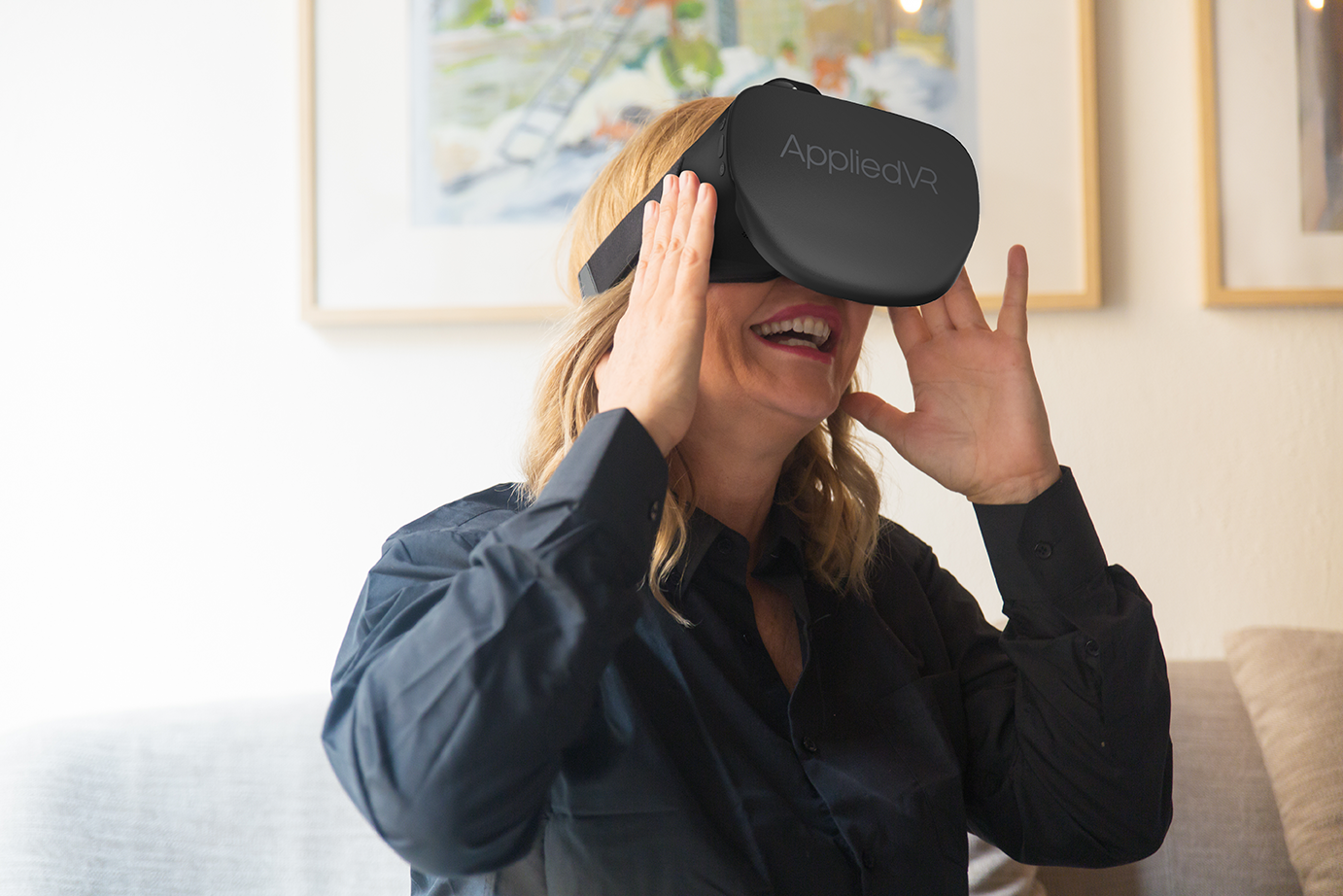The Centers for Medicare & Medicaid Services recently established a unique Healthcare Common Procedure Coding System (HCPCS) Level II code for the RelieVRx program, AppliedVR’s flagship product.
The code, E1905, marks the first time a digital therapeutic or immersive therapeutic has ever been placed in an existing benefit category.
Van Nuys, California-based AppliedVR was founded in 2015 with a mission to develop virtual reality (VR) solutions that healthcare providers can adopt in a low-friction manner.
The first condition that AppliedVR set out to solve was chronic lower back pain. The company partnered with Beth Darnall, a pain psychologist and director of the Stanford Pain Relief Innovations Lab, to co-develop the RelieVRx program. The eight-week chronic lower back pain management program is a physician-prescribed, self-administered solution. It allows patients to manage their chronic lower back pain without opioids from the comfort of their own home.
AppliedVR tested its VR program at health systems such as Mayo Clinic, Cleveland Clinic, UPMC, Geisinger and Cedars-Sinai. In 2021, the RelieVRx program became the first VR-based therapeutic to receive FDA authorization to treat chronic lower back pain.
At the end of last year, the Veterans Health Administration’s Innovation Ecosystem signed a contract with AppliedVR to provide covered access to the program across multiple of its sites.
The program went through the FDA approval process as a hardware and software combo, which helped it earn its own unique code from CMS. In its official determination letter, CMS explained its decision by saying “the medical software and the device on which it is housed are so integral to each other that we consider them to be one whole device” as opposed to a software product and a separate device.
“We’re deemed as software in a medical device versus software as a medical device. And that small little difference between in versus as makes all the difference in the world from a CMS perspective,” said AppliedVR CEO Matthew Stoudt in a recent interview.
The RelieVRx program also met all five of CMS’ requirements to be categorized as durable medical equipment (DME). The distinction gives the program a clearer pathway for securing Medicare coverage eligibility, which usually influences broader commercial reimbursement.
AppliedVR is currently working with CMS to establish the payment rate for its program. The company is also preparing for a broader commercial insurance launch, Stoudt declared.
Securing more coverage agreements for the RelieVRx program means more of the millions of Americans who struggle with chronic pain could turn to VR-based pain management instead of opioids, Stoudt pointed out.
Opioid overdoses kill hundreds of people across the country each day, and chronic pain is a major driver of that crisis. It’s also estimated that chronic pain costs the U.S. $635 billion per year.
Photo: AppliedVR















